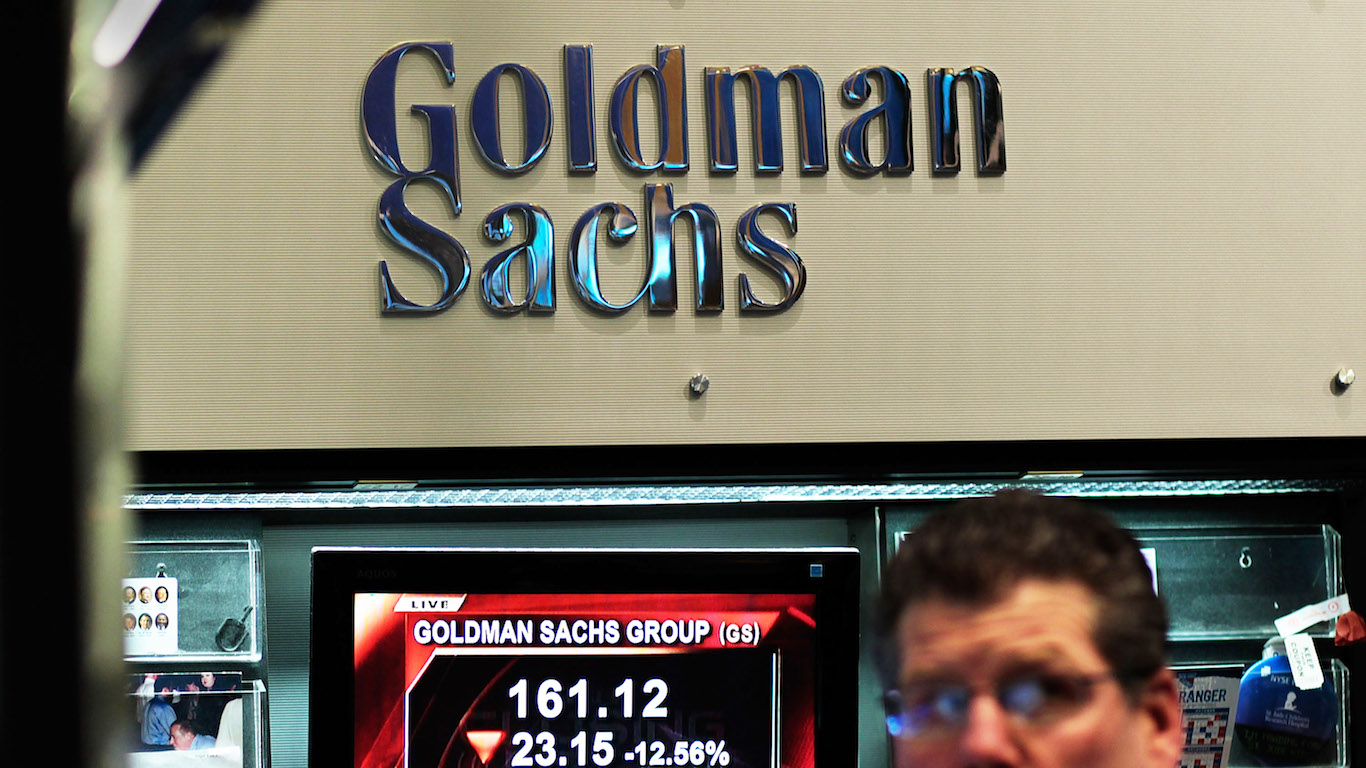
The Initial Public Offering (IPO) buzz of yesteryear has been drowned out by the doom and gloom of 2022’s bear market.
Traditional IPOs raised just over $5 billion in the first eight months of this year, according to an August report from Dealogic. That is a mere sliver of 2021’s bonanza – IPOs generated over $100 billion over the same time period last year.
The market has cooled substantially this year in response to severe monetary tightening by the U.S. Federal Reserve. Tech firms have been among the hardest-hit sectors. The Nasdaq 100, which tracks the hundred top tech firms, ended the second quarter of 2022 down 29% Year-to-Date, compared to a 20% retreat seen by the S&P 500, which tracks the largest 500 caps across all sectors. With sentiment at such lows, startups are keeping clear of the IPO launchpad lest they be left stranded on the tarmac.
Beware: Bears
There have been just 166 new companies listed on U.S. stock markets this year as of October 2022. This is 80% less than this time last year, by which point 819 IPOs had taken place.
IPOs ride the momentum of the broader market, typically increasing during bull runs and dwindling amid bearish periods. Currently, there is a notable lack of demand for IPOs as investors shy away from big bets on market newcomers.
“Investors are really risk adverse at this moment, and that’s what’s really impacting the lack of (IPO) activity,” Rachel Gerring, EY Americas IPO Leader, told CNBC in a mini-documentary on the topic. “They (investors) are looking for companies that focus on growth and profitability, as opposed to the growth at all costs we saw last year.”
Yet there is a slowdown on the supply side, too, as founders hold back from going public. Thanks in part to last year’s fundraising boom, more startups have the cash reserves needed to wait for the markets to turn.
“While IPOs raised a record amount in 2021, so did the private markets,” Matthew Kennedy, Senior Strategist at Renaissance Capital, told CNBC. “Tech unicorns especially are sitting on massive war chests, and that’s allowed them to wait out the storm in 2022.”
Yet there is more than one way to go public, and alternatives to the traditional IPO, such as Special Purpose Acquisition Companies (SPACs) or spinoffs, could, under certain conditions, pave the way for more companies to keep listing amid the slowdown. The fate of SPACs, which briefly became Wall Street’s favorite fundraising vehicle in the last couple of years, may be particularly instructive.
Pick Your SPAC
SPAC were one of the hallmarks of the recent IPO boom. Although SPACs have been around for decades, it is only recently that they have risen to prominence.
A SPAC is a “blank check” shell company with no assets or products of its own. It is formed with the express intention of taking over a profit-generating “target” company. The SPAC raises funds for the acquisition through the IPO and then tries to buy the target company. Once the merger is complete, the newly combined company remains traded on the stock market.
SPACs boast several structural advantages over traditional IPOs. These include bypassing certain regulatory hurdles and maintaining greater control over the initial pricing of the first released stock.
Through the 2010s, there were never more than 100 SPACs created in the U.S. in a given year. That changed in 2020, when a whopping 247 occurred, attracting a total of $80 billion in investor capital. That was topped last year with a record 295 created over 2021, generating over $96 billion in capital.
SPACs have fallen on harder times this year, with just 79 in 2022 so far.
Yet some buzzworthy ones are on their way. One upcoming SPAC IPO to watch for is Intuitive Machines, a space company that has a valuation of around $1 billion.
IPOS in the pipeline
Despite the broad market downturn, a number of big brand names are positioning themselves to go public in the near future.
MobilEye, an Intel-owned autonomous driving firm, filed terms for its IPO on October 18, aiming for a valuation of over $15 billion. When the spinoff was announced last year, MobilEye was valued at around $50 billion. Even though taking MobileEye public now would certainly generate a smaller valuation than during a bull market, Intel is apparently desperate for capital to fund its core business – chipmaking.
Stripe is another IPO giant on the horizon. The payment processing unicorn registered its plans to go public last year, yet no announcement has been made since. When Stripe does eventually go public, it could become one of the largest-ever IPOs, having been previously valued at a jaw-dropping $95 billion. Its co-founders, John and Patrick Collison have since taken its valuation down a few pegs to $74 billion in July, citing the current climate in the financial markets.
Public offerings may remain in hibernation for some time yet as bear market jitters prevail. When the market eventually turns, the IPO season could heat up again as startups get off the benches and jump into the playing field. Investors will be keeping an ear to the ground for the big newcomers so they can get in on the action that follows.
This article was produced by and syndicated by Wealth of Geeks.
It’s Your Money, Your Future—Own It (sponsor)
Retirement can be daunting, but it doesn’t need to be.
Imagine having an expert in your corner to help you with your financial goals. Someone to help you determine if you’re ahead, behind, or right on track. With SmartAsset, that’s not just a dream—it’s reality. This free tool connects you with pre-screened financial advisors who work in your best interests. It’s quick, it’s easy, so take the leap today and start planning smarter!
Don’t waste another minute; get started right here and help your retirement dreams become a retirement reality.
Thank you for reading! Have some feedback for us?
Contact the 24/7 Wall St. editorial team.





